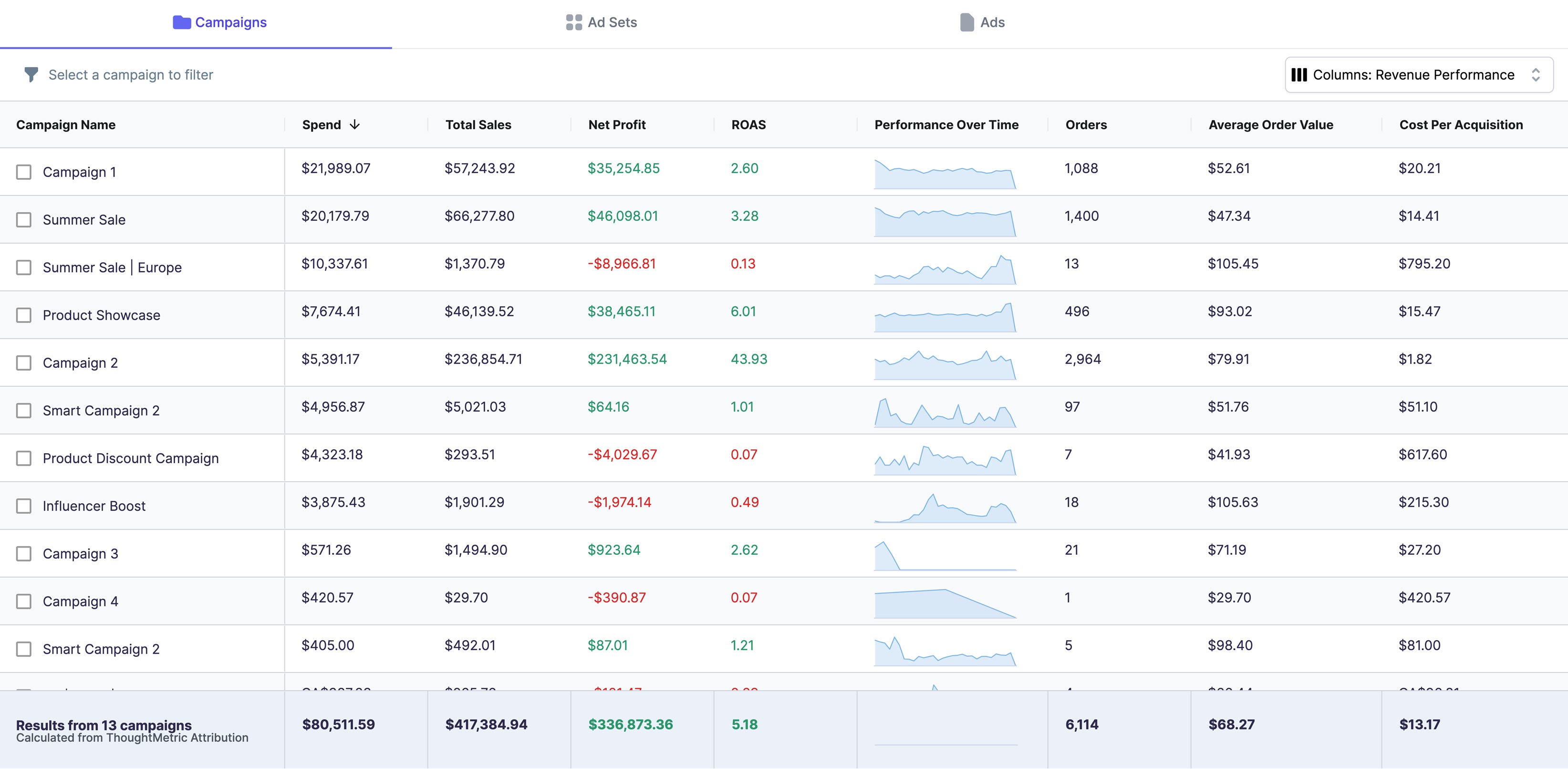Marketing attribution is the practice of evaluating the marketing touchpoints a consumer encounters on their path to purchase. The goal of attribution is determining which channels and messages impacted the decision to convert or take the desired next step.
The first step in marketing attribution is to track the customer journey.
What is a customer journey?
An example of this would be a customer clicking on a Facebook Ad and visiting your website on Monday. Then on Wednesday the same customer clicks on a Google Ad and visits your store again, this time browsing several products and adding on to their cart. Then on Friday they get an abandoned cart email, clicks on the email, visits your website and makes a product. This whole journey from Facebook Ad to purchase is the customer journey.
The most common way for attribution platforms to track customer journeys is to use something called a tracking pixel.
What is a tracking pixel?
You are probably familiar with some common tracking pixels. The Facebook pixel, Google Tag manager, and TikTok pixel, are all tracking pixels.
Historically tracking pixels were implemented as very simple html image tags that load a 1x1 invisible image on the page. Hence the name “pixel”. Nowadays tracking pixels are generally script tags that use javascript to function.
An HTML image tracking pixel:
<img src="https://example.com/tracking-pixel.png" alt="" width="1" height="1" />
A javascript tracking pixel:
<script>
(function() {
var pixel = new Image(1, 1);
pixel.src = "https://example.com/tracking-pixel.gif";
})();
</script>
Using tracking pixels to track customer journey
The key piece of this whole process is assigning a unique identifier to each customer. This unique identifier is used to stitch together the customer's journey such that each visit can be tied back to the correct customer. Your average e-commerce store will have thousands of customers visiting per day, without a unique identifier for each customer, it would be impossible to construct unique customer journeys for each person.
There are several ways of assigning unique identifiers to a customer. Modern attribution platforms will use multiple identifiers in tandem as a robust and fault tolerant way of keeping track of customer identity. Three of the main identification methods are cookies, fingerprinting and ip address matching.
Using Cookies to Track Customer Journey
Cookies are one of the many ways a unique identifier is assigned to a customer by a tracking pixel. Typically the way this works is when a customer first visits a website the tracking pixel generates a random id string like “ec69b961-8517-4a4a-aae2-d9180c4bbabc” and stores that id in a cookie on the customer's web browser. This cookie can then be read by the tracking pixel on future visits to the website and the customer journey can be constructed.
Cookies are the most well known methods to store text data on a user's web browser but modern browsers also have other methods to do this known as local storage and session storage. These generally behave similarly to cookies and modern attribution platforms will use them alongside cookies to store the unique identifier.
There are pros and cons to using cookies to store unique identifiers. One pro is that it is a simple and reliable way to uniquely identify a user. Only one user will ever have the unique identifier stored in their cookie so failure modes like identity collision are completely avoided. In addition to that, all modern browsers support cookies which makes it a reliable technology to depend on. Some of the cons to using cookies are that they can be deleted and blocked in various ways which can cause the unique identifier stored in them to be lost. Cookies can be lost by a user manually clearing them. Cookies can also be blocked by an array of different browser plugins and browser privacy technologies like Apple's ITP. These will be discussed in more detail in a future article.
Using Fingerprinting to Track Customer Journey
The way fingerprinting is used to track a customer journey is similar to the way cookies are used. When a customer first visits a website the tracking pixel will generate a fingerprint for that customer. Every subsequent visit from that customer from the same browser will have the same fingerprint and thus the customer journey can be constructed.
Over long time periods fingerprinting can be less reliable than cookies because a user's fingerprint will naturally change over time as they update their browser version, update operating system version, install new browser plugins, etc. This is why in practice fingerprinting is generally used in tandem with cookie tracking.
To Sum Up
In this article, we've explored how tracking pixels function as a cornerstone of this process, capturing vital data about user visits and actions. We've also delved into the roles of cookies and fingerprinting in uniquely identifying customers and piecing together their journeys. Each method has its strengths and challenges, but when used in combination, they offer a robust framework for accurate and comprehensive marketing attribution.
As we continue this series, we'll dive deeper into other aspects of marketing attribution, including advanced techniques and best practices to enhance your marketing strategy. Stay tuned for more insights and practical tips to master the art and science of marketing attribution.





